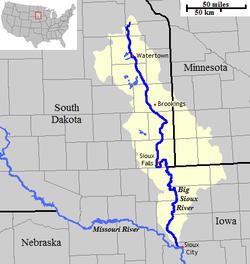 The Big Sioux River Watershed drains about 7,280 square miles in South Dakota, Minnesota and Iowa. The River and its large associated glacial aquifer provide a majority of the domestic water supply for towns and rural areas throughout its course, which includes the growing area in and around Sioux Falls. The city’s ultimate goal is to improve the water quality of the river for recreational use and aesthetic enjoyment which will spur economic development. The Cherapa Place office building pictured below is an example of sustainable development along the river.
The Big Sioux River Watershed drains about 7,280 square miles in South Dakota, Minnesota and Iowa. The River and its large associated glacial aquifer provide a majority of the domestic water supply for towns and rural areas throughout its course, which includes the growing area in and around Sioux Falls. The city’s ultimate goal is to improve the water quality of the river for recreational use and aesthetic enjoyment which will spur economic development. The Cherapa Place office building pictured below is an example of sustainable development along the river.
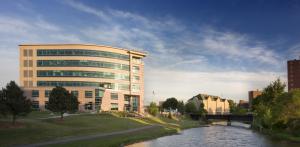
Outside of towns and cities, the predominant land use in the watershed is agricultural. Important parts of this River are so polluted that the waters are unavailable for use as drinking water. The primary pollutants include:
E-coli from urban runoff from pet wastes and wildlife, and agricultural operations including livestock grazing in the water bodies, and livestock feeding operations.
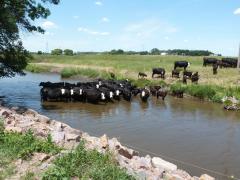
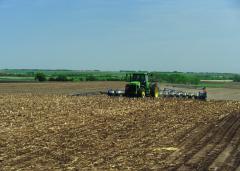
Sediment enters the river from urban building developments, and row cropping on erodible lands.
Nitrates enter the water from fertilizers used on farm fields, and from urban runoff from fertilizing lawns and landscaping.
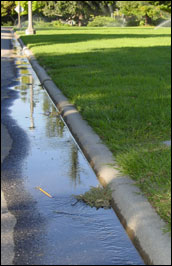
Chemicals runoff into the watershed from parking lots, streets, and pesticides and herbicides.
Trash enters the river by people, businesses, and landowners who casually disregard the damages and costs their behavior causes.
Improving the Big Sioux River Watershed
The Sierra Club has organized a new group called “Friends of the Big Sioux” whose goal is to develop a sense of ownership and pride of the watershed by landowners, businesses, and residents. The Sierra Club membership is a part of this new group and is helping direct the goals of the group. These are the activities that the East River Group of the Sierra Club is performing, and needs volunteers like you to continue:
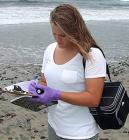 Annual Water Quality Testing – Each summer we train volunteers and these volunteers test the waters of the Big Sioux watershed for e-coli, sediment, nitrates, pH, water temperature, and dissolved oxygen. These results are reported to the SD Department of Natural Resources.
Annual Water Quality Testing – Each summer we train volunteers and these volunteers test the waters of the Big Sioux watershed for e-coli, sediment, nitrates, pH, water temperature, and dissolved oxygen. These results are reported to the SD Department of Natural Resources.
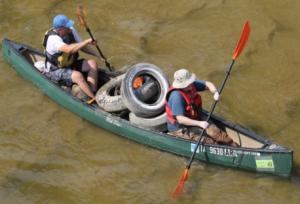
Annual River Clean-Ups – Each summer we participate in and organize clean-ups of trash within the city or state parks of general trash and flood debris to improve the beauty of the river.
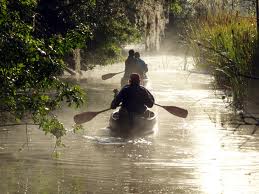 Meetings of Friends of the Big Sioux - Participate in the educational efforts and actions that lead to our goals of healthier water, safer water, conservation of water, and a more beautiful river.
Meetings of Friends of the Big Sioux - Participate in the educational efforts and actions that lead to our goals of healthier water, safer water, conservation of water, and a more beautiful river.
If you would like to learn more about the Big Sioux Watershed, please click here: Big Sioux Watershed.